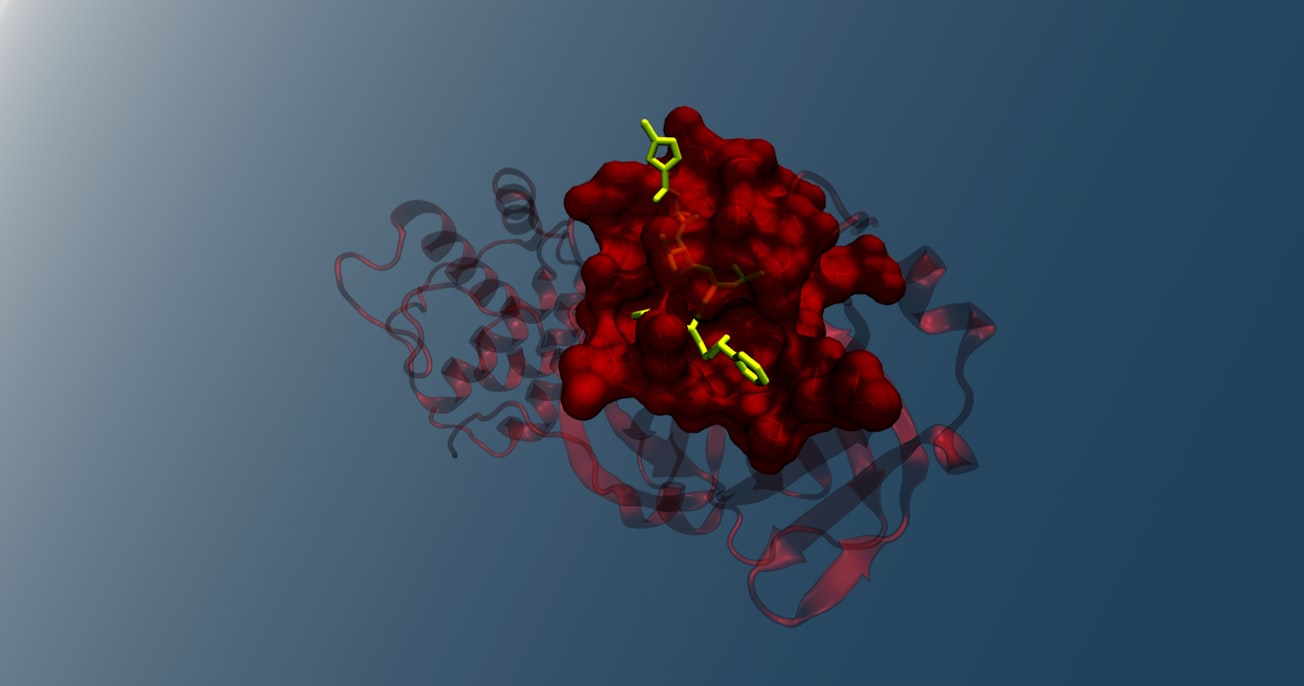What is it about?
Alpha Synuclein is a protein involved in Parkinson's Disease. It displays different structures depending on the biological context it is found in, making it a difficult target for structure elucidation. We studied how this protein folds and forms assemblies when it binds to membranes, a state likely involved in the pathogenicity of Parkinson's Disease. We then studied the way a novel anti Parkinson's drug influences these states and combats the disease.
Featured Image

Photo by Giovanni Crisalfi on Unsplash
Why is it important?
Although alpha Synuclein is a heavily studied protein, its structural state(s) when bound to biological membranes remains elusive. We have used novel methodology to derive a structural model of alpha Synuclein at the membrane and have used these new models to explain the mode of action of the novel Parkinson drug UCB0599. The structural model will help the community test hypotheses regarding the proteins natural function and its involvement in disease. Establishing the mode of action for the anti Parkinson's drug will help in determining its best use.
Read the Original
This page is a summary of: High-resolution structural information of membrane-bound α-synuclein provides insight into the MoA of the anti-Parkinson drug UCB0599, Proceedings of the National Academy of Sciences, April 2023, Proceedings of the National Academy of Sciences,
DOI: 10.1073/pnas.2201910120.
You can read the full text:
Contributors
The following have contributed to this page










